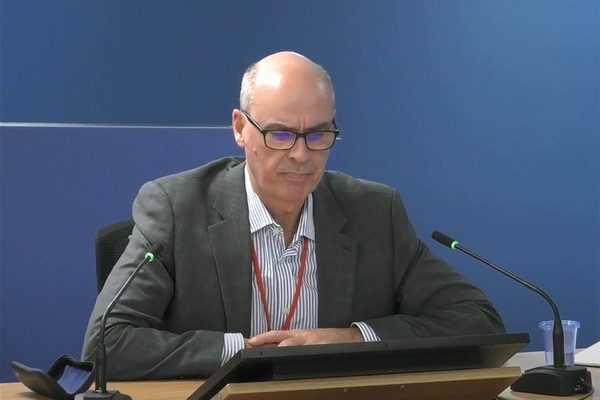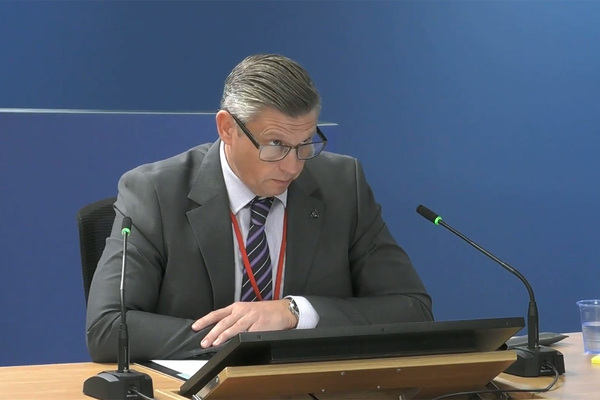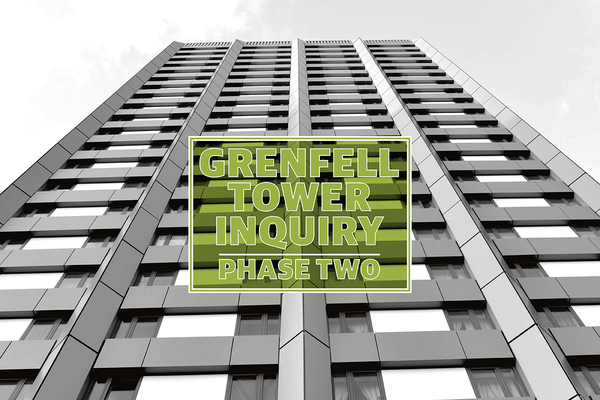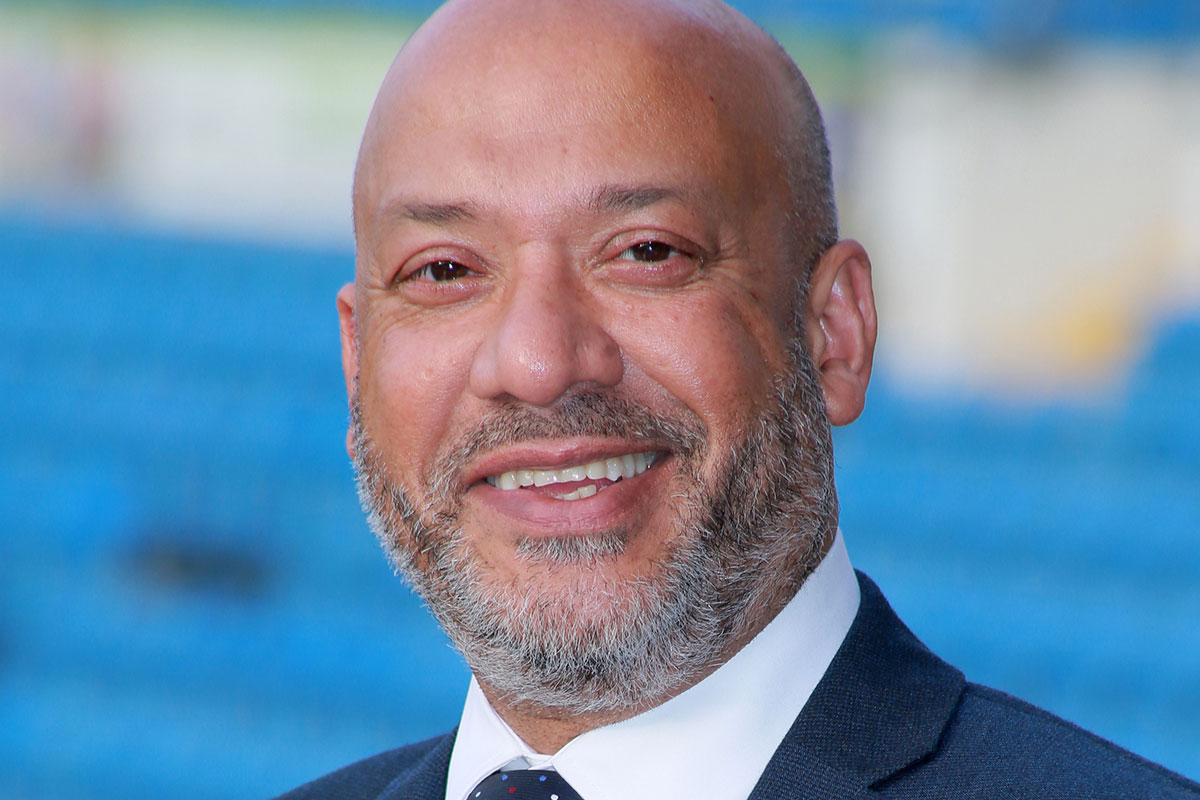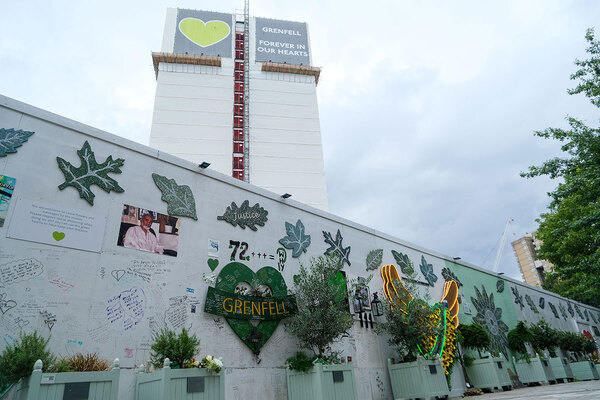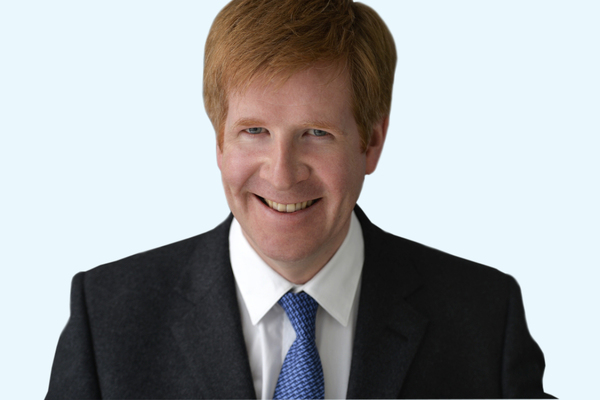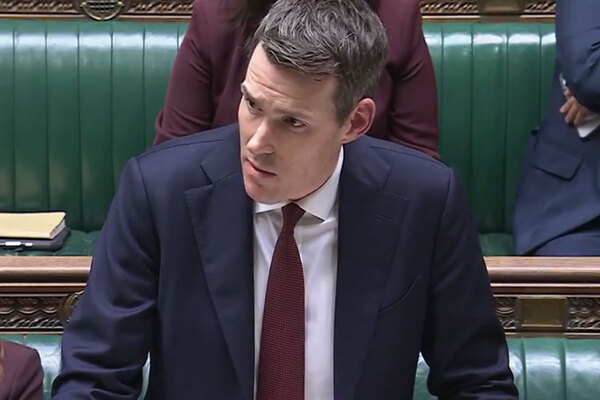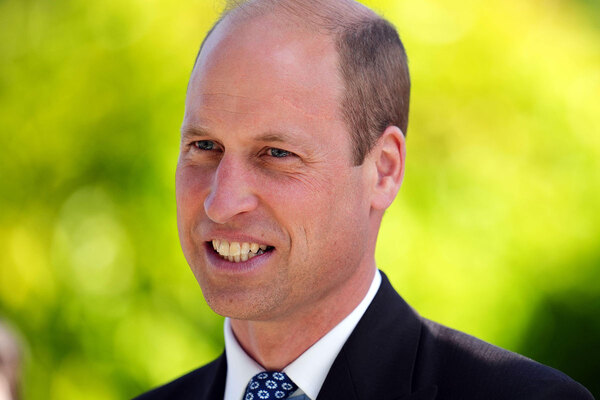KCTMO director only asked architect about ‘cost’ and ‘appearance’ of ACM
The landlord responsible for overseeing the Grenfell Tower refurbishment only discussed the “cost” and “appearance” of aluminium composite cladding (ACM) with the project’s designers, rather than its fire performance, the inquiry heard today.

In reference to the decision-making process around the type of cladding to be used on the building, David Gibson, previous head of capital investment at Kensington and Chelsea Tenant Management Organisation (KCTMO), told the inquiry: “The discussions we were having were: what does it look like, is it acceptable for planners and what’s the cost?”
He added: “Discussions weren’t any further than that because we weren’t expecting to be offered anything that might not be compliant.”
Mr Gibson, who is also a qualified architect, told Richard Millett QC that he did not know what “coated aluminium ACM” was when it was offered by the project’s designers as a cheaper cladding option than zinc, which had originally been planned for the tower.
When pressed on why, particularly given his experience as an architect, he was not interested in finding out more about what ACM was made of, Mr Gibson replied: “My assumption rightly or wrongly was there are many properties in London with aluminium cladding and this was aluminium cladding. I didn’t think any further than that.”
Phase one of the Grenfell Inquiry found that the ACM cladding used on the building was the “primary cause” of the rapid fire spread and did not comply with building regulations.
The inquiry has previously heard that Mr Gibson claimed he raised questions regarding the fire performance of the ACM cladding during the construction phase of the refurbishment with Simon Lawrence, contracts manager for the project’s lead contractor Rydon.
In his witness statement, Mr Gibson said he asked Mr Lawrence whether the cladding was safe after he was shocked to learn there would be a gap between the cladding panels and insulation.
Mr Gibson said he was worried this could create a chimney effect for flames after reading about the Lakanal House fire which killed six people in 2009. He claimed Mr Lawrence assured him the cladding was “inert” and “would not burn at all”.
During his evidence session, Mr Lawrence firmly denied giving such assurance to Mr Gibson. Last week, Philip Booth of Artelia, who Mr Gibson said chaired the meeting where the comments were made, also said he could not recall such a comment.
When questioned on his evidence today, Mr Gibson said he remembered seeing a hard copy of minutes from the meeting in which he sought clarification from Mr Lawrence, adding that he remembered seeing ‘Lakanal’ was spelled wrong in the minutes.
Neither the KCTMO, Rydon or the consultants employed on the project have been able to find an electronic copy of the minutes Mr Gibson referred to.
When asked about this, Mr Gibson claimed that there were a series of meetings that took place over a four or five-month period during the refurbishment that no one has since been able to find any written evidence of.
Mr Gibson agreed with an assertion put forward by Mr Millett that “this would rather suggest the TMO’s record-keeping for this project was less than perfect”.
Earlier today, the government announced that housing association chief executive Ali Akbor will join the inquiry panel from 2 November.
The inquiry continues.
